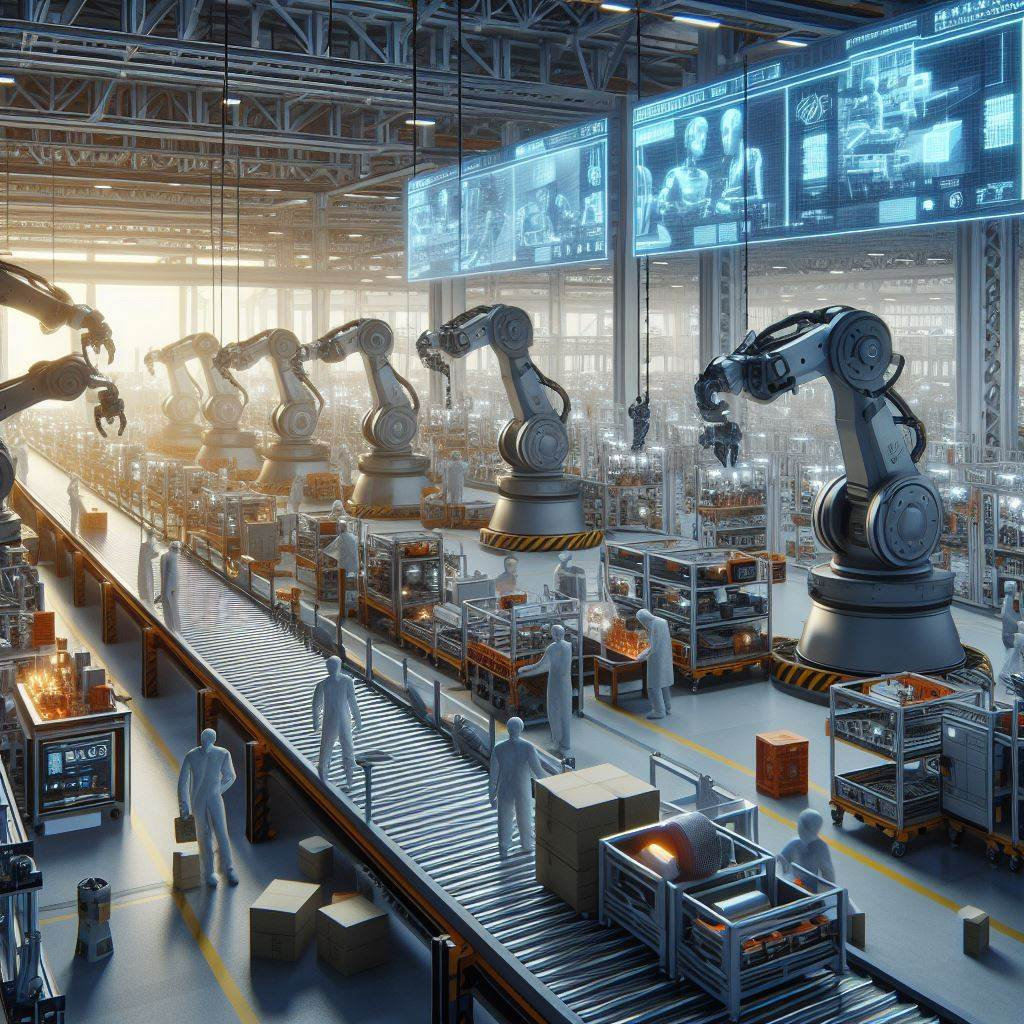China’s 2024 AI Regulation Priorities
Artificial Intelligence (AI) has undoubtedly taken the world by storm, shaping countless aspects of our lives. From virtual assistants like ChatGPT to sophisticated algorithms driving major industries, the influence of AI is undeniable. As its prominence grows, so too does the need for effective regulation to ensure its responsible and ethical use. In China, a nation at the forefront of technological innovation, AI regulation is a key focus for policymakers in 2024.

Last year marked significant progress in the AI landscape, prompting policymakers worldwide to grapple with the challenges and opportunities it presents. In China, the government has been swift to respond to emerging technologies, with a keen eye on shaping their trajectory. As we embark on a new year, experts predict several key priorities for Chinese AI regulators.
One major development to watch for is the potential introduction of a comprehensive AI Act, akin to the European Union’s landmark legislation. China’s top governing body signalled its intent by including an “Artificial Intelligence Law” on its list of upcoming legislation. Such a law would provide the government with greater control over the impact of AI on society and the economy. However, experts caution that drafting such comprehensive legislation will take time, and its finalisation may not occur in the near future.
The complexity of defining AI and its myriad applications poses a significant challenge for lawmakers. Unlike previous regulations targeting specific AI subsets, a comprehensive law must encompass the entire spectrum of AI technologies. Jeremy Daum, an expert on Chinese law, questions whether a singular law is the most effective approach, suggesting that addressing AI through specialised regulations may be more practical.
In addition to legislative efforts, Chinese regulators are taking proactive steps to guide AI development and usage. The Chinese Academy of Social Sciences has drafted an advisory version of the future AI law, which includes a “negative list” outlining areas and products that AI companies should avoid without explicit government approval. This approach aims to streamline regulatory compliance for businesses while ensuring alignment with government objectives.
Enforcement of AI regulations is crucial for their effectiveness. To this end, Chinese regulators are exploring mechanisms for evaluating AI models’ safety and security. Establishing a national platform for testing and verification, along with supporting third-party assessment organisations, could enhance oversight and ensure compliance with regulatory standards.
Copyright issues represent another area of concern in the AI landscape, particularly with the rise of generative AI. Current laws struggle to address the complexities of copyright infringement involving AI-generated content. Angela Zhang, a law professor, predicts that Chinese policymakers will adopt a lenient approach to copyright enforcement, prioritising the growth and development of the AI sector.
Beyond regulatory developments, China’s ambitious urban planning initiatives offer insights into the intersection of AI and governance. Xiongan, a futuristic city envisioned by President Xi Jinping, serves as a model for sustainable urban development. Despite substantial investment and meticulous planning, Xiongan has yet to attract residents, highlighting the challenges of realising such ambitious projects.
Xi’s vision for Xiongan embodies the government’s commitment to leveraging technology, including AI, to create smart, sustainable cities. However, the city’s slow progress underscores the limitations of top-down planning and the importance of market forces in shaping urban development.
As China navigates the complexities of AI regulation and urban planning, it faces both opportunities and challenges. The government’s proactive approach reflects its commitment to harnessing AI’s potential while mitigating its risks. However, the road ahead is fraught with uncertainty, and policymakers must strike a delicate balance between innovation and regulation.
for all my daily news and tips on AI, Emerging technologies at the intersection of humans, just sign up for my FREE newsletter at www.robotpigeon.be






